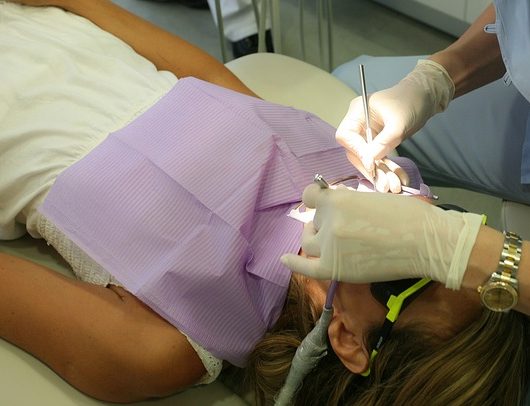Bioengineering: The Future Of Medicine – Curtis Cripe
Bioengineering is one of the most fascinating and rapidly-growing fields in medicine today. This branch of engineering focuses on the development and application of technology for healing and restoring human health. Bioengineers are working on everything from creating artificial organs to developing new methods for drug delivery. In this blog post, we will explore some of the exciting possibilities that bioengineering experts like Curtis Cripe are working on.
1. What is bioengineering and what are the different types of bioengineers?
Bioengineering has many different types of bioengineers. There are biomedical engineers who work on developing new medical devices and technologies, biotechnological engineers who use living organisms to create new products or technologies, and pharmaceutical engineers who develop new drugs and medications.
Bioengineering is the application of engineering principles and techniques to the field of medicine. There are many different types of bioengineers, but some common examples include biomedical engineers, biotechnological engineers, and pharmaceutical engineers.
Biomedical engineers work on developing new medical devices and technologies, such as artificial organs and prosthetics. They also work on improving existing medical devices, such as pacemakers and defibrillators.
Biotechnological engineers focus on using living organisms or their components to create new products and technologies. For example, they may work on developing new vaccines or genetically-modified crops.
2. How can a bioengineer help you with your health?
A bioengineer can help you in many different ways, depending on their specialty. For example, if you need a new artificial limb, a biomedical engineer can design and create one for you. If you have a chronic illness, a pharmaceutical engineer may be able to develop a new drug that can help you manage your condition.
No matter what your specific needs are, there is likely a bioengineer out there who can help you!
3. The future of medicine is exciting!
The future of medicine is indeed very exciting, and bioengineering is playing a big role in shaping it. With the help of bioengineers, we are developing new ways to treat and even cure some of the most devastating diseases. We are also creating artificial organs and devices that can greatly improve the quality of life for many people.
4. Some examples of jobs for bioengineers
There are many different types of jobs for bioengineers, depending on their specialty. Here are a few examples:
Biomedical engineer: designs and creates new medical devices and technologies
Pharmaceutical engineer: develops new drugs and medications
Biotechnological engineer: uses living organisms to create new products or technologies
As you can see, there are many different ways that you can use your skills as a bioengineer to help others!
5. Bioengineering breakthroughs that are changing medicine
Some recent bioengineering breakthroughs that are changing the landscape of medicine include:
The development of CRISPR-Cas13, a new gene-editing tool that can be used to treat genetic diseases
The creation of artificial organs, such as the world’s first lab-grown heart
New methods for delivering drugs to specific parts of the body
The development of new materials that can be used in prosthetics and implants
As you can see, bioengineering is making some incredible breakthroughs that are changing the way we think about medicine!
Bioengineering has many different types of bioengineers. There are biomedical engineers who work on developing new medical devices and technologies, biotechnological engineers who use living organisms to create new products or technologies, and pharmaceutical engineers who develop new drugs and medications.










